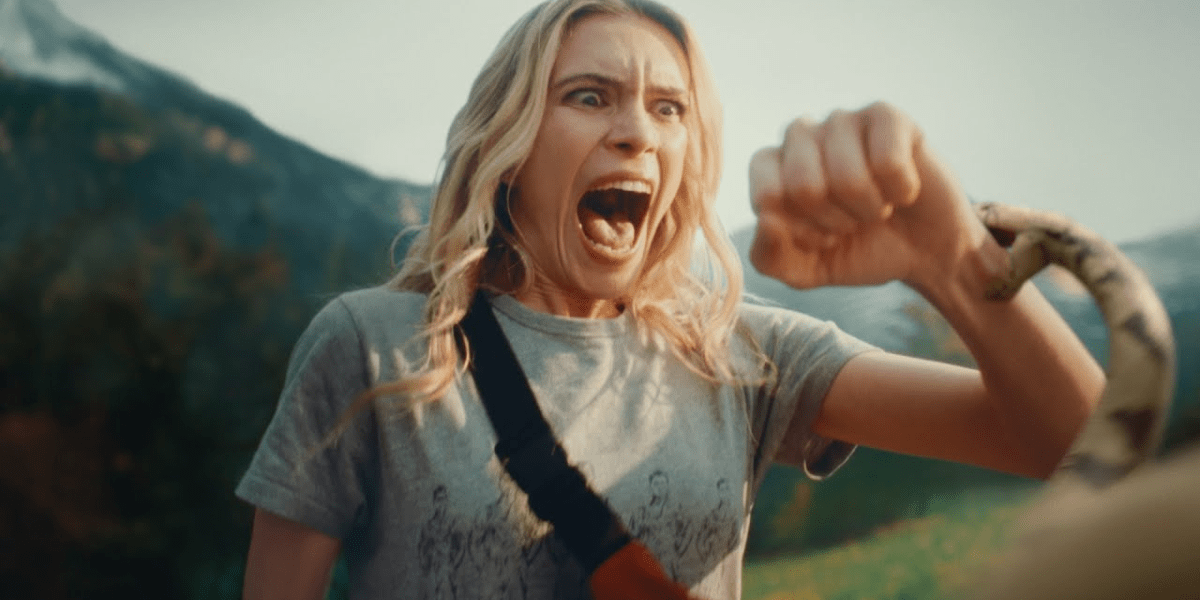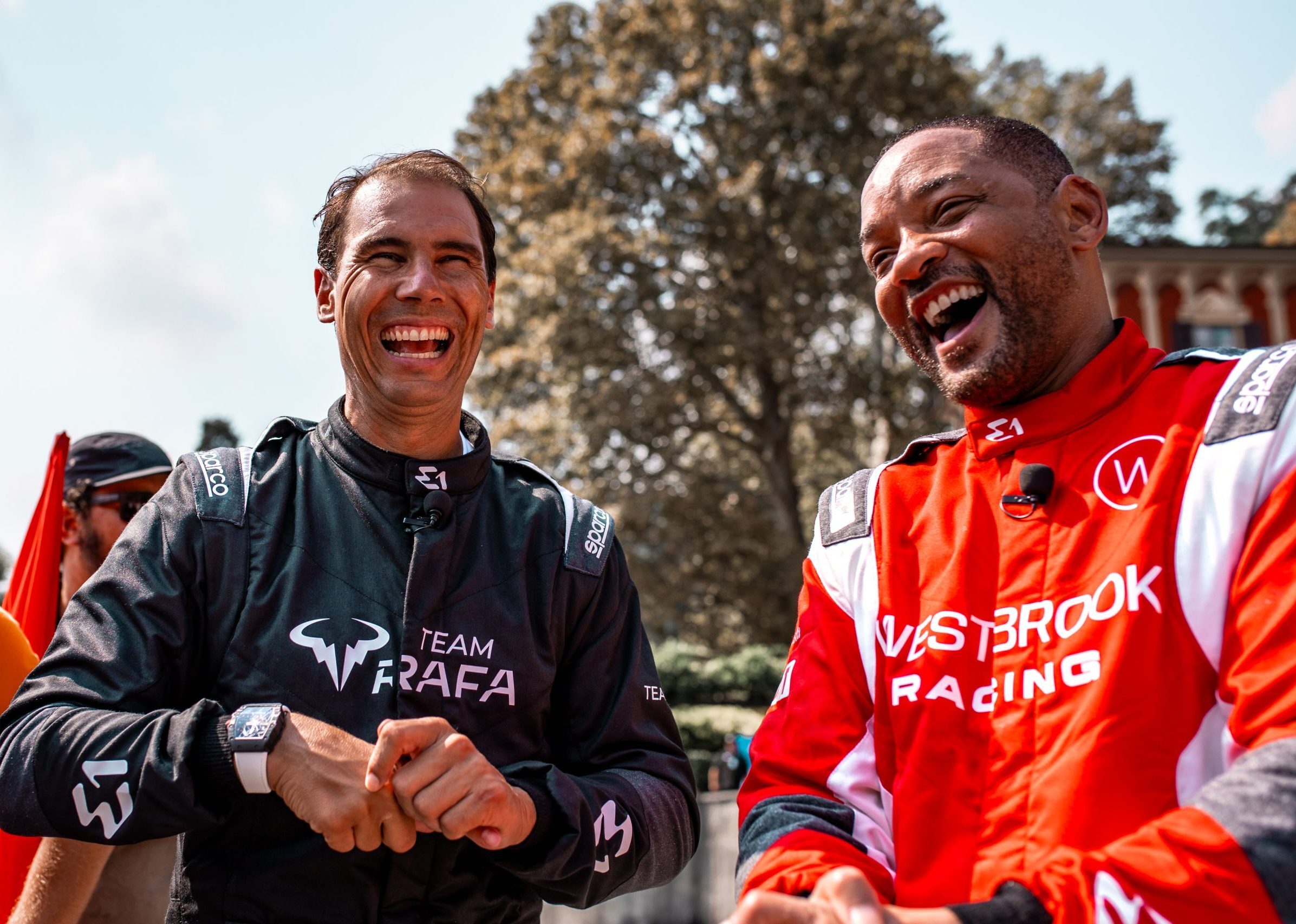Everyone’s obsessed with being smart.
Smart tech. Smart AI. Smart strategy.
The fixation took hold at the turn of the millennium. LG’s $20,000 internet-enabled fridge flopped spectacularly in 2000, but the language stuck. Seven years later came the smartphone, and by the 2010s, everything had to be smart: lights, doorbells, speakers. If it connected to Wi-Fi, it claimed intelligence.
‘Smart’ became shorthand for innovation.
Now, ‘smart’ has been replaced by ‘AI’, but the obsession remains the same. The focus is still squarely on a specific kind of metallic, data-driven intelligence.
We’ve trained ourselves to worship data, optimise everything and let algorithms decide what’s worth our attention. There’s a quiet assumption humming beneath every campaign brief; if we’re clever enough, analytical enough, AI-assisted enough, we’ll crack the code to virality.
Yet some of the most iconic campaigns in history didn’t follow those rules at all. They were weird, emotionally unpredictable, human, imbued with ideas that AI can’t replicate. They leaned on human creativity, taste and an understanding of the irrationality of our behaviour, and for it, they endure beyond trends and algorithms.
When every brand has access to infinite information, perhaps ‘smart’ isn’t the differentiator we think it is.

Image: The LG Internet Digital DIOS’ technology is the result of a project that started in 1997, staffed by a team of 55 researchers at a cost of $49.2 million USD.
Paint cannons explode across a blocks of flats
A condemned Glasgow tower block. 70,000 litres of rainbow paint. A clown running for cover. Doesn’t sound like it has much to do with electronics, does it?
In 2006, Sony unleashed ‘Paint’ to launch its BRAVIA LCD televisions. Director Jonathan Glazer used 1,700 detonators, 65 camera positions and one take to get it right. It took ten days to film, with 250 crew members and a £2 million budget.
The entire thing was designed to showcase the vibrancy of a television screen, though no television appeared in the ad itself. The link was somewhat tenuous to the viewer until the end, but it worked beautifully because it captured their attention. Then implicitly asked if the screen they watched on was really showing each colour as it was.
Would this land now? It would likely be created with AI and risk falling out of favour in the court of public opinion for it (see the 2024 Coca-Cola Christmas ad). When spectacle is more accessible and common, how do you do ‘weird’?
A gorilla, lost in the moment as it plays the drums
A close-up of a gorilla, eyes closing, neck cracking, preparing. The unmistakable intro of ‘In the Air Tonight’ by Phil Collins crescendos as the camera slowly zooms out to reveal a drum kit. The gorilla pounds the drums, perfectly in time. On his face is an expression of pure, meditative joy.
Like you might feel after a bite of Dairy Milk.
Cadbury unveiled its famous 90-second ad in 2007, a year after Sony.
The link was there, but tenuous enough to feel weird: Cadbury’s ‘glass and a half full’ line flashed at the start, with ‘of joy’ added at the end of the video – a nod to the milk in every bar and the happiness it stirs.
The wonderful weirdness of it led to a cultural phenomenon that’s scarcely forgotten in collective consciousness.
Cutlery-wielding cartoon eagles chase a woman-turned-hot-dog
A woman brushes her fingertips along the tops of flowers, spinning in circles with arms outstretched. The soothing voice of a narrator sets us up. “Some people think nature is like this…” Suddenly, as she reaches for a flower, a snake strikes, heavy metal music crashes and she screams.
The voice continues, “It’s actually like this.”
Fast-flowing clips follow: lightning zaps, a woman transforms into a cartoon hot dog fleeing animated eagles armed with knives and forks, a man’s teeth crack in extreme cold, a trail runner hurries from the Grim Reaper, Aaron Ralston tumbles down another crevice with his unamputated arm trapped.
But Columbia is engineered for whatever, we’re reminded.
This more recent example shows unpredictable chaos that somehow consistently underscores the brand promise. It’s absurd, memorable and rooted in a truth about outdoor gear – if you’re going to survive nature at its worst, your kit better be tough.
This is what we mean by weird: human creativity and human insight creating moments that AI couldn’t fathom, and no algorithm could predict would work.
The dangers of uniformity
Fast forward to 2025, and the marketing landscape often looks dangerously uniform.
We’re swimming in algorithm-led trend cycles, AI-generated content, predictive analytics dictating creative decisions, and synthetic personas pitching stories to real journalists.
We’ve become so obsessed with efficiency and intelligence that we’ve forgotten the value of weird.
Why weird works
Weird is strategic irrationality. The link to the brand is there, in some way, but it’s tenuous, knowing that human attention responds to disruption.
Weird works because it breaks the patterns our brains are desperate to find. We’re wired to spot trends, understand formats, predict what comes next. Weird ignores all of that. It generates conversation about the inexplicable thing that made you stop and ask, ‘what was that?’.
This is where human creativity becomes irreplaceable. AI can’t understand the irrational side of human behaviour that makes weird work. It takes human expertise to know that a gorilla playing drums might sell chocolate, or that making nature terrifying could sell outdoor gear. It takes taste to recognise when something is so absurd it works, and an understanding of how people actually feel, not just how they behave in data sets.
Understandably, it requires creative bravery. The acceptance that some people won’t get it, that focus groups might hate it, that the data won’t predict its success. That’s the point.
Yes, weird campaigns can fail spectacularly. But here’s what we don’t talk about enough: so can safe ones. The difference is that safe campaigns fail quietly, drowning in a sea of sameness where nobody notices them at all. Weird campaigns succeed or fail memorably.
The intelligence trap
There’s an irony in our current moment. We’ve built systems so intelligent they can mimic human creativity, yet the results feel increasingly similar.
This isn’t a call to abandon data or dismiss AI. Both have their place. Insights matter, efficiency matters. But some of the best campaigns in history started with a fundamentally weird idea that someone had the courage to champion.
A signal of the human in the machine.
When you have all the information in the world at your disposal, when every competitor has access to the same tools and the same data, ‘smart’ becomes the baseline.
Perhaps the smartest thing you can do right now is to give yourself permission to be strategically, unforgettably, wonderfully weird.
Intrigued by weird?
So are we. We activate idea-first creative campaigns for leading consumer and corporate brands worldwide, and multiply their impact across PR, influencer, social and paid media. To find out about working with us, get in touch.

About the author
Natalie Clement | Digital
Marketing Executive
With international experience as a digital marketer, writer, and editor, Natalie has worked across sectors including lifestyle, technology, and tourism.





